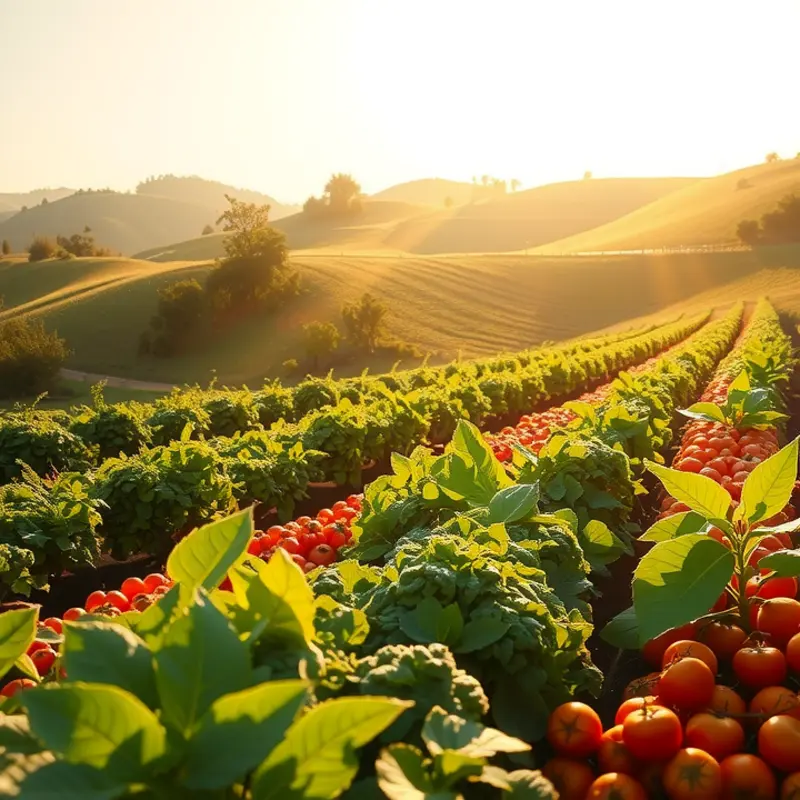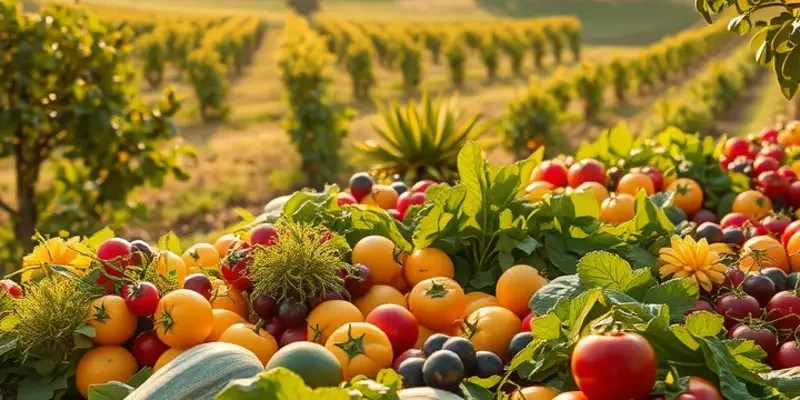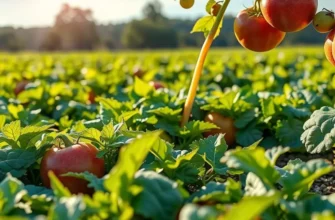Properly storing leftovers not only enhances food safety but also minimizes waste and saves money. With some straightforward techniques, you can enjoy your meals longer while maintaining flavor and freshness. Let’s explore practical methods for optimizing food storage at home.
Fundamentals of Safe Leftover Storage

Storing leftovers safely is essential to minimize waste while maximizing nutrition. Temperature control plays a pivotal role in safe food storage. Keep your fridge at a consistent temperature below 40°F (4°C). This prevents bacteria growth, ensuring your leftovers remain safe to consume. Invest in a reliable thermometer to monitor your fridge’s temperature regularly.
When it comes to proper containers, not all are created equal. Opt for glass or BPA-free plastic options that are airtight. These will maintain food quality and prevent contamination. Remember to cool cooked foods before placing them in the fridge. Divide hot foods into smaller portions to speed up the cooling process, minimizing time spent at temperatures where bacteria thrive.
Labeling techniques are straightforward but often overlooked. By labeling each container with the contents and date stored, you can significantly reduce the risk of accidental spoilage. Implementing a ‘first-in, first-out’ system will ensure older leftovers are used before fresh ones.
To improve organization and minimize waste, leverage the art of practical ingredient batching. Preparing ingredients in advance aids in efficient meal preparation and storage.
Maintain a regular cleaning routine for both your refrigerator and containers. This practice will deter cross-contamination and unwanted odors. Check shelves and bins for spilled liquids that can harbor bacteria. Discard any questionable leftovers without hesitation to safeguard your health.
Avoid storing leftovers near raw foods to prevent cross-contamination. Raw meats and seafood should be placed on the bottom shelves, ensuring any drips are contained. To further prolong freshness, employ eco-smart kitchen storage solutions, which promote sustainability while preserving food quality.
Adopting these storage fundamentals not only aids in food safety but also supports reducing food waste. By preserving leftovers effectively, you are actively contributing to a more sustainable household, making mealtime enjoyable and worry-free.
Smart Strategies for Managing Leftovers

Transforming your leftover meals into culinary delights is not just about reducing waste but also about saving time and money. With a few smart strategies, you can manage leftovers efficiently, ensuring your kitchen remains both creative and waste-free.
Start by embracing creative meal prepping. When cooking large meals, plan for extra servings that can be easily transformed into new dishes. For example, roasted vegetables from dinner can become the next day’s hearty soup or salad topping. Similarly, grilled chicken can be diced and added to sandwiches or tacos. This approach not only reduces kitchen time but also diversifies your meals.
When it comes to freezing techniques, mastering the basics can prolong the life of your leftovers significantly. Use airtight containers or heavy-duty freezer bags to prevent freezer burn. Label each package with the date, and try to use leftovers within two to four months for optimal freshness. For those goods more sensitive to freezing, like sauces, check out helpful resources on safer storage of sauces.
Another essential strategy is to incorporate leftovers into new recipes creatively. Leftover rice can transform into stir-fried rice or rice pudding with a few added ingredients. Old bread becomes delectable croutons or a base for bread pudding. By mixing new spices or ingredients, you can give new life to yesterday’s dinner.
A crucial aspect of managing leftovers is understanding when to let go. If food has been in the fridge for more than a few days, it might be time to discard it to avoid foodborne illnesses. Utilize a ‘first in, first out’ method in your refrigerator, keeping older meals at the front so they are consumed sooner. This concept ensures meals are not forgotten and reduces waste more efficiently.
For an eco-smart approach to food storage, consider revisiting how you store other ingredients too. Learning more about eco-friendly kitchen practices can help you keep the balance between preservation and sustainability.
Finally, engage in regular inventory checks. Before grocery shopping, assess your fridge and pantry. Use up older items first or integrate them into your meal plan for the week. This ensures a continuous cycle of using leftovers effectively and prevents overcrowding your storage spaces.
By adopting these strategies, you maximize the use of leftovers, turning what could be wasted into delicious, new meals. Not only do these practices support a waste-free kitchen, but they also inspire culinary creativity.
Final words
Effectively storing leftovers not only enhances your culinary experience but also reduces food waste and saves money. By implementing practical storage techniques and managing your leftovers smartly, you can enjoy fresh meals without the guilt of waste. Start putting these tips into practice today for a more sustainable kitchen.







